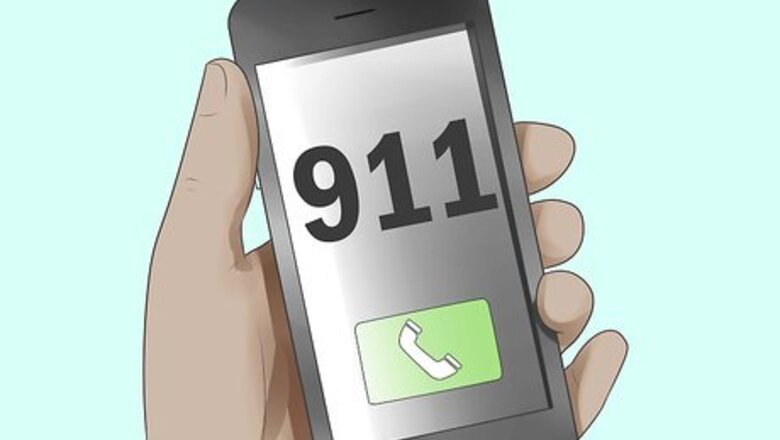
views
If you are a child in danger, call 1-800-4-A-Child (1-800-422-4453) to get help now.
Reporting Abuse
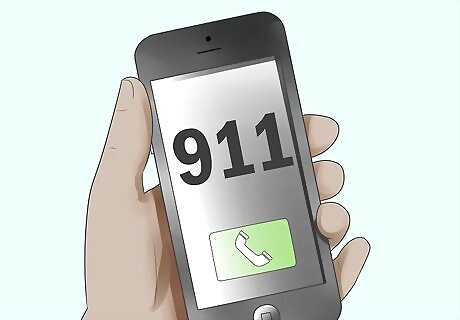
Call the police in an emergency. If you witness a violent act against a child or you feel a child is in immediate danger, call the police department. It's important to have someone come to investigate and assess the child's safety right away. Reporting suspicion of child abuse to a hotline does not always result in immediate action, so make the call as to whether the child needs help right now or if there's time for a slower investigative process. Call 911 to reach emergency services if you are in the United States. Call 999 if you are in the United Kingdom. Call 000 if you are in Australia. Do not delay reporting all known or suspected cases of abuse, neglect, or maltreatment to law enforcement. As an individual, you are protected against any civil and criminal penalty and adverse employment actions for such reports. As a reporter, your information is kept strictly confidential.

Find your local child abuse hotline. Look in the phone book or do an online search for "Child Abuse Hotline." Most local jurisdictions have a hotline you can call to receive help in your area. You may also call one of the following numbers for help in your country: US or Canada: 1-800-422-4453 (Childhelp) UK: 0800 1111 (NSPCC Childline) Australia: 1800 688 009 (CAPS)

Make a detailed report. When you call the child abuse hotline, you will be asked a series of questions to help you make a thorough report. Provide as much information as you can about the situation. Tell the truth, and do not exaggerate. Based on the answers to your questions, the hotline will determine whether to send Child Protective Services (CPS) to conduct an investigation. Be ready to provide as much information as you can to answer questions like the following: What is the child's name, age and address? What is your relationship to the child? What is the suspected abuser's name, address, and license plate number? What is their relationship to the child? What are the names, addresses and phone numbers of the child's parents? What type of abuse do you suspect? What are your reasons for suspecting it? When did it occur? What is the current location of the child? What is the child's current level of safety? Are there other witnesses? What are their names, addresses and telephone numbers? Are there any evidence of previous incidents?
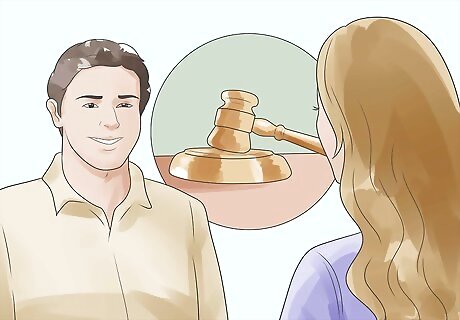
Understand your legal protections. Many people hesitate to report child abuse because they do not want to get personally involved in another family's home situation. They are afraid the abuser will find out who made the report, and that there will be repercussions. Remember that every state has laws to prevent someone reporting child abuse from getting sued or penalized for reporting abuse in good faith. If you are still worried about giving your name and relationship to the child, and you are not a mandated reporter, you can make an anonymous report. When you call the child abuse hotline, specify that you want to make an anonymous report. In some states, you may be required to give your name as part of the investigative process. Child welfare agencies encourage reporters to give their name and contact information if possible. They may want to call you back with follow-up questions or stay in touch to determine if you see more signs of abuse.

Make follow-up calls if necessary. Child Protective Services typically do not respond to reports quickly unless they believe that the child is in immediate danger. If the abuse situation continues after you've made a report, call again to make another one. If more reports are filed, CPS will be more likely to prioritize the case of the child in question. Encourage other witnesses to make reports, too. Don't expect to receive follow-up information from CPS after making a report. CPS does not typically call back to let you know how the situation turned out.
Deciding to Act

See if you have reasonable suspicion of abuse. If you have any type of information that leads you to believe the child is in danger, that can qualify as reasonable suspicion. You do not have to have hard evidence that abuse is happening. If you are in doubt, call the local Child Protective Services (CPS) for a consultation to determine whether you should make a report. Some people do not want to take action because they fear they will be breaking up a family. CPS aims to do whatever it takes to keep families together. They may help parents get parenting classes or find a solution that keeps the children in the home. Do not let fear of breaking up a family stop you from intervening to save a child from harm.
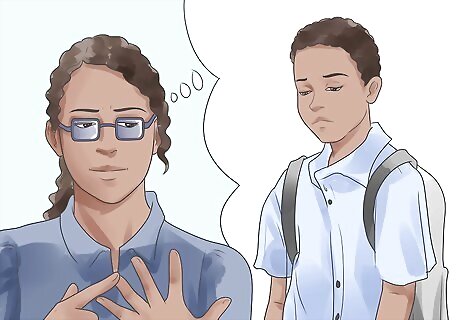
Look for patterns. Seeing a typical one sign of abuse may not be sufficient reason to believe that a child is actually being abused. For example, if a child shows up to school dirty with ill-fitting clothes for a day or two, there may be a valid explanation. However, if you notice a pattern that repeats over time and doesn't subside, this is a clear warning sign that abuse may be happening. Even if you aren't completely sure that a child is being abused, if you feel justifiably suspicious, it's worth reporting. If you're wrong, there may be inconvenience to the family, but ultimately no harm done. If you're right, you may be responsible for helping to alter a child's circumstances for the better. Please note that not all shifts in behavior, attitudes, or perceptions are indications that a child is being abused or experiencing abuse. It is important to remember that children are affected by their environments.
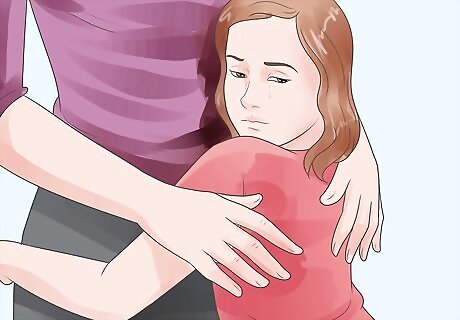
Take action if a child comes to you for help. If a child comes to you for help, it's important to take them seriously and take action to ensure the child is safe. If, based on what the child says, you have reasonable suspicion that abuse is taking place, take steps to report suspected abuse. When a child explains what is happening, do not display shock or disgust, since these strong emotions could scare the child. Instead, calmly reassure the child that you are there to help. Reassure the child that confiding in you was the right thing to do. Many children feel guilty for coming forward. Don't interrogate the child or ask leading questions that could cause confusion. Let the child speak in their own words. If you don't feel there is sufficient reason to file a report, you should still take action to help the child. Call the local Child Protective Services (CPS) for a consultation to determine what you should do. If you are in a supervisory position, you may want to talk with the child's parents to get a better picture of what's going on at home.

Know if you are a mandated reporter. In most states, professionals who interact with children have a legal obligation to report abuse. This includes teachers, social workers, doctors, therapists, and others who work with children in some capacity. Some states extend this obligation to citizens who have witnessed abuse. Find out more about the laws in your state to determine whether you are required to report child abuse. If you are a mandated reporter with reasonable suspicion of child endangerment, and you fail to make a report, you are guilty of a misdemeanor. If an investigation reveals that you had reasonable suspicion and failed to file a report, you could be prosecuted. Report abuse even if you aren't legally required to do so. Every state has laws in place to ensure your anonymity and protect you from legal action. It's always better to be safe than sorry.
Recognizing the Signs
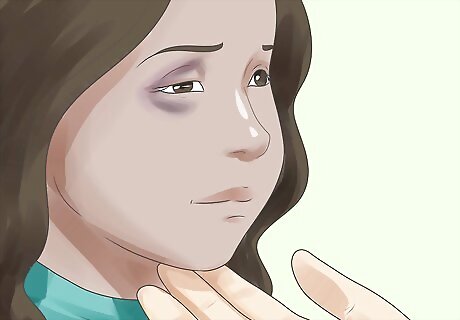
Look for physical evidence. Physical signs of abuse are often the easiest to spot, since they can be difficult for a child to hide. The marks of physical abuse aren't always distinguishable from the cuts and scrapes that are a part of normal childhood. However, if you notice the following physical signs more than once, be on high alert to determine whether the child is being abused: The child has unexplained injuries, cuts, bruises, or welts. When you ask the abused child what happened or how they got injured, they’ll usually get evasive or give an answer that doesn’t make sense. The child has injuries that appear to have been caused by a hand, a belt or another weapon. The child flinches or shies away from touch, specially from their guardians. The child appears to be trying to cover up injuries with clothing. For example, the child may wear long sleeves and pants even when it’s really hot out.
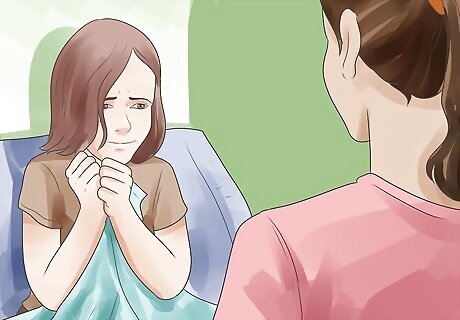
Notice the child's behavior. Not all abuse is physical, and even when it is, it has deep emotional effects as well. A child's behavior can be one of the most telling warning signs that they are enduring an abusive situation. Pay attention to the following behaviors, especially if the child has never acted this way before: The child is withdrawn and fearful, and seems anxious about doing something wrong. The child vacillates between being extremely passive and extremely demanding or aggressive. The child seems afraid of or unattached to their caregiver. The child seems afraid to go home. Or, if the abuse is happening at school, they may become afraid of going to school. The child acts inappropriate for their age. Either they act too much like an adult (excessively serious or worried about responsibilities) or too childish (prone to throwing tantrums or thumb-sucking).
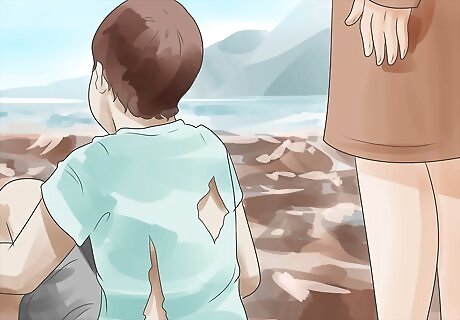
Notice signs of neglect. Neglect is a form of abuse that can be more difficult to spot. A child who is the victim of neglect may not be physically abused, but they may not be living in a safe environment. Look for the following signs: The child's clothes are dirty, ill-fitting, or not sufficient for the weather. The child is often unbathed, has unwashed hair, and has body odor. The child doesn't seem to get sufficient treatment for illnesses and other problems. The child is often unsupervised and left in unsafe situations. The child doesn't regularly attend school. The child shows signs of lack of nourishment or sufficient food. They may be severely underweight, to the point where they have protruding bones and may look pale and sick. Look for other signs of malnourishment in the child, too, such as thinning hair, bad skin, and low energy.
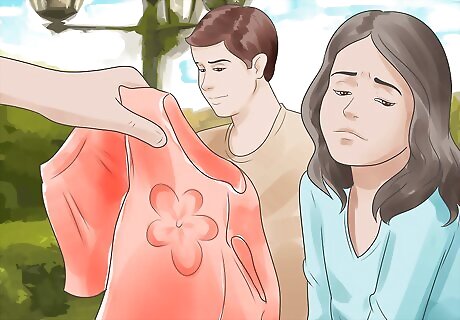
Be aware of signs of sexual abuse. Sexual abuse is a form of physical abuse that isn't always plain to see, but there are a few common warning signs. If you notice these problems, the child may be a victim of sexual abuse: The child has an inappropriately adult-level of knowledge and interest in sexual acts or seductive behavior. The child refuses to change clothes in front of others. The child doesn't want to participate in physical activities. The child has trouble walking or sitting. The child runs away from home.














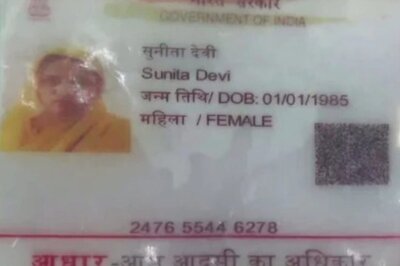





Comments
0 comment